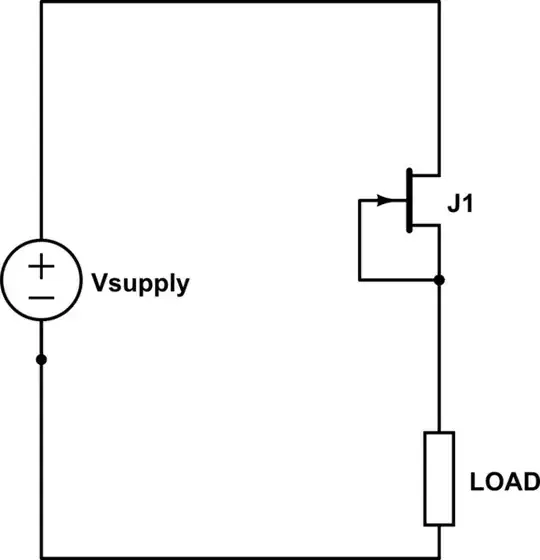Let's say I have a power source of 4.2V/1A. I know how to reduce the voltage using resistors, but if I would like to be able to 'divide' current in half for example, how can I do that using standard components?
My component is a battery, which should not be able to draw more than 150mA from the power source.
- I know I can buy already built components for this, but I want to understand how to do this using only the basic components.
- I know that charging battery is dangerous, but I do this daily by hand (from bench power supply with current limiter enabled), but battery is just an example. All I'm trying to do is to reduce the 'max current potential' from the power supply.
I'm familiar with 'voltage divider', I want to do exactly that, but only with current. Can I do this purely with basic components, such as diodes? Thanks!

